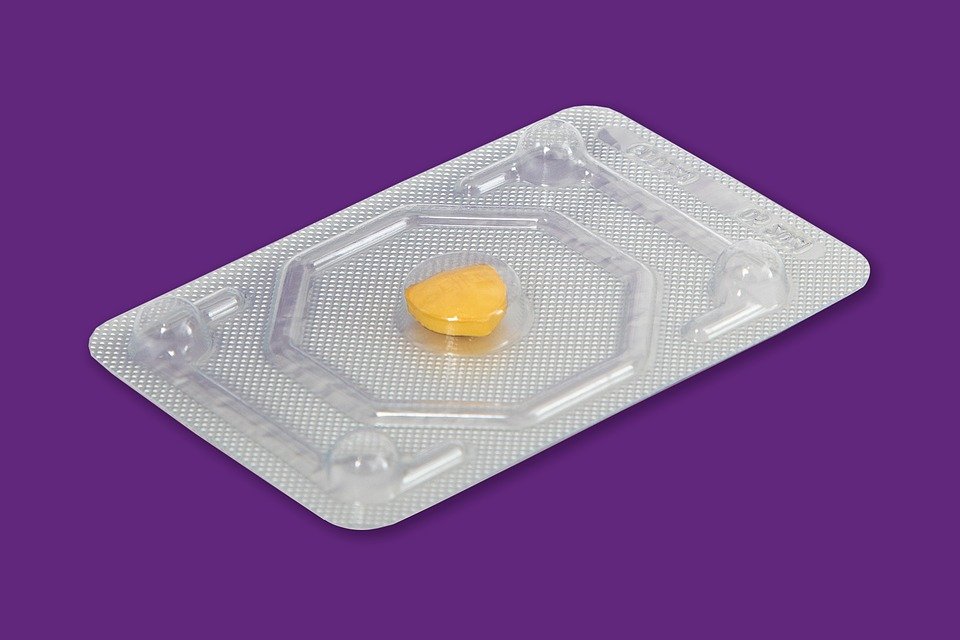
The auditory canal, also known as the ear canal, is a crucial part of the ear that plays a significant role in our ability to hear. This small, tube-shaped structure is located in the outer ear and is responsible for carrying sound waves from the external environment to the eardrum. Understanding the anatomy and functions of the auditory canal is essential for maintaining healthy hearing and preventing potential complications.
Anatomy of the Auditory Canal

The auditory canal is approximately 1 inch long and is lined with specialized skin cells that produce earwax, also known as cerumen. This waxy substance helps protect the ear canal from dust, bacteria, and other foreign particles that could potentially harm the delicate structures of the ear. The skin cells in the auditory canal also contain tiny hair-like structures called cilia, which help move earwax and debris out of the ear.
At the end of the auditory canal lies the eardrum, also known as the tympanic membrane. The eardrum is a thin, translucent membrane that vibrates in response to sound waves traveling through the auditory canal. These vibrations are then transmitted to the middle ear, where they are further amplified and transmitted to the inner ear for processing.

Functions of the Auditory Canal
The primary function of the auditory canal is to carry sound waves from the external environment to the eardrum. When sound waves enter the ear, they travel down the auditory canal and cause the eardrum to vibrate. These vibrations are then transmitted to the tiny bones of the middle ear, known as the ossicles, which help amplify the sound and transmit it to the inner ear.

In addition to transmitting sound waves, the auditory canal also plays a role in protecting the delicate structures of the ear. The earwax produced by the skin cells in the auditory canal helps trap dust, bacteria, and other foreign particles, preventing them from entering the ear and causing damage. The cilia in the auditory canal also help move earwax and debris out of the ear, keeping the ear canal clean and free from blockages.
Common Disorders of the Auditory Canal
Despite its important functions, the auditory canal is susceptible to a variety of disorders that can affect hearing and overall ear health. Some common disorders of the auditory canal include:
– Earwax impaction: When earwax builds up and becomes impacted in the auditory canal, it can cause hearing loss, pain, and discomfort. Earwax impaction is often caused by using cotton swabs or other objects to clean the ears, which can push earwax further into the ear canal.
– Otitis externa: Also known as swimmer’s ear, otitis externa is an infection of the auditory canal that can cause pain, swelling, and discharge. Otitis externa is often caused by water entering the ear during swimming or bathing, creating a moist environment for bacteria to grow.
– Auditory canal stenosis: Auditory canal stenosis is a narrowing of the auditory canal that can cause hearing loss and discomfort. This condition can be congenital or acquired, and may require surgical intervention to correct.
In conclusion, the auditory canal is a vital structure of the ear that plays a crucial role in our ability to hear. Understanding the anatomy and functions of the auditory canal is essential for maintaining healthy hearing and preventing potential complications. By taking care of our ears and seeking prompt medical attention for any ear-related concerns, we can ensure that our auditory canals remain healthy and functional for years to come.

Discover more from Bibliobazar Digi Books
Subscribe to get the latest posts sent to your email.


